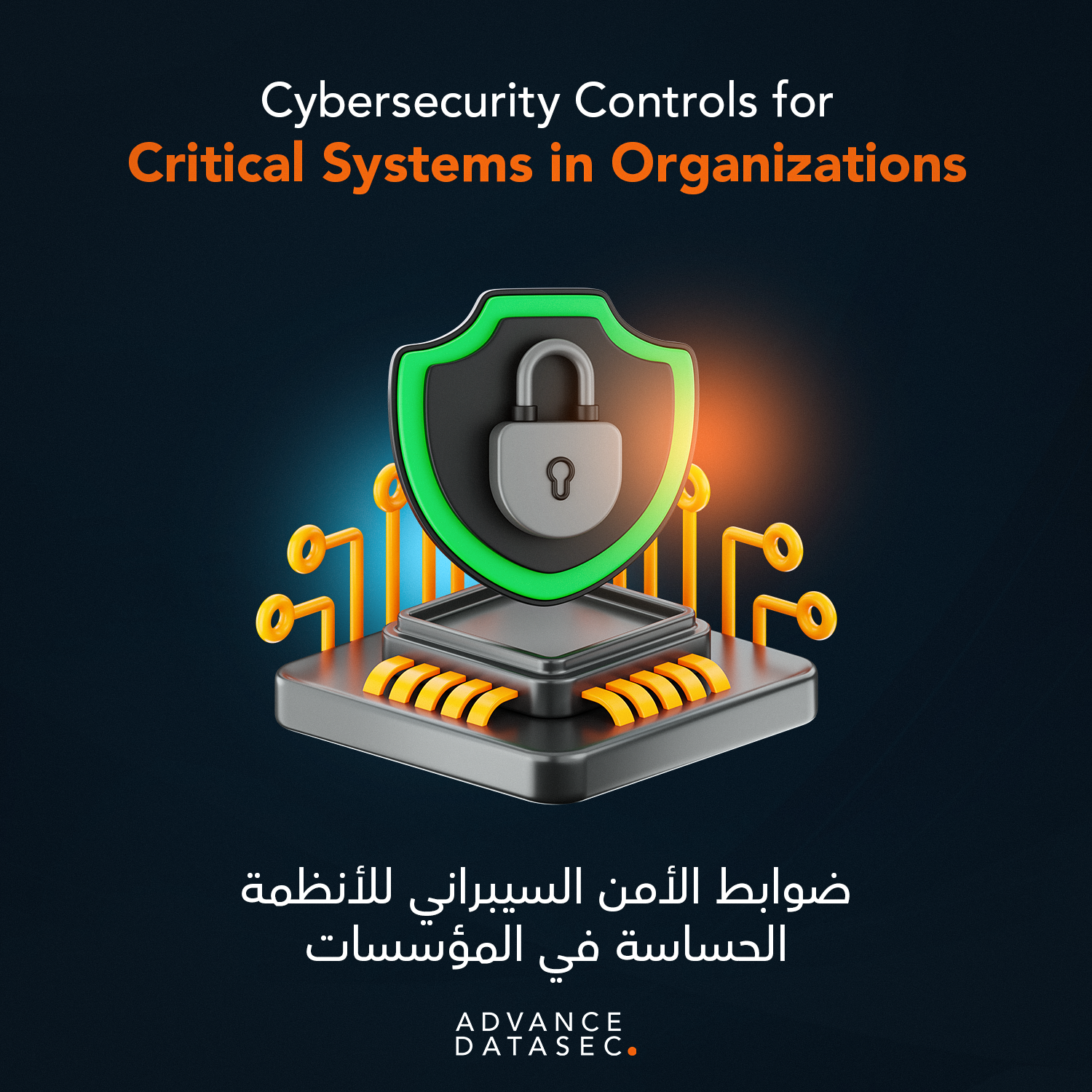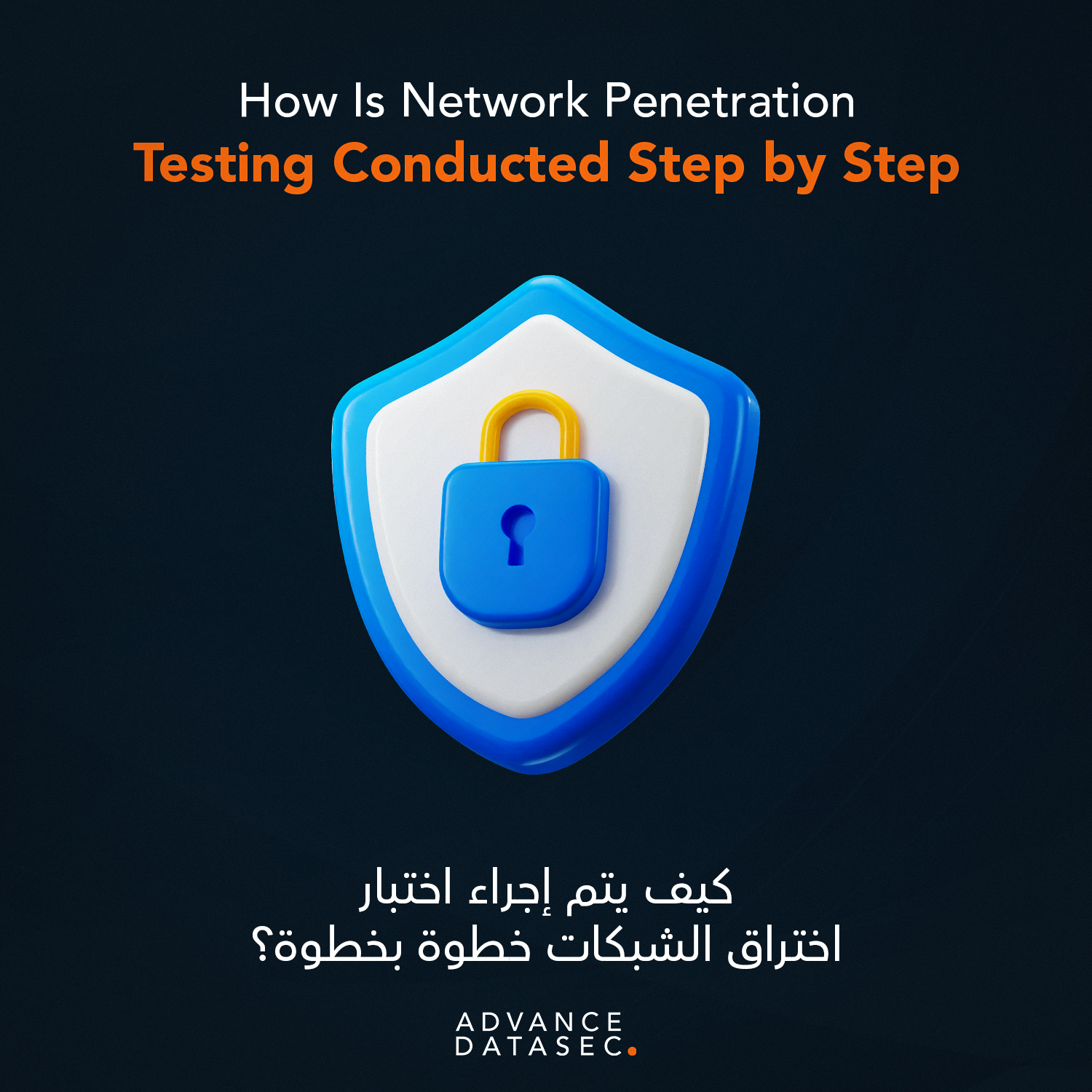In the high-stakes game of cybersecurity, defensive measures—known collectively as the Blue Team—are essential. Firewalls, endpoint detection systems, and security policies form the necessary barriers. However, simply having defenses is not enough; organizations must know if those defenses truly work against a motivated, real-world adversary. This is where the Red team in cybersecurity steps onto the field, shifting the strategy from passive defense to active, adversarial simulation.
The Red team in cybersecurity is not merely a penetration testing squad; it is a highly specialized group of ethical hackers tasked with simulating the tactics, techniques, and procedures (TTPs) of real-world threat actors, including nation-state groups and sophisticated criminal syndicates. Their primary mission is to test the organization’s overall security posture—including its technology, people, and processes—under realistic attack conditions, providing an invaluable, objective measure of resilience. For any organization serious about maintaining business continuity and securing critical assets, engaging a professional Red Team is an indispensable security investment.
Red Team vs. Penetration Testing: Defining the Battlefield
A common misconception is that Red Teaming is synonymous with penetration testing. While both involve ethical hacking, their scope, goals, and methodologies are fundamentally different. Understanding this distinction is vital for choosing the right security validation service.
Penetration Testing (Pen Testing)
- Scope: Narrow and defined. Focuses on finding as many vulnerabilities as possible within a specific system (e.g., one web application, one network segment) within a limited timeframe.
- Goal: Identify and document technical weaknesses.
- Methodology: Often follows a standard checklist or automated scanning, providing a “snapshot” of technical flaws.
Red Team Operations
- Scope: Broad and full-scope. The goal is to achieve a specific objective (e.g., gain domain administrator access, exfiltrate a specific piece of confidential data) by any means necessary, mimicking an Advanced Persistent Threat (APT). The Red Team will pivot across systems, social engineer employees, and exploit physical security flaws.
- Goal: Test the organization’s detection and response capabilities (the Blue Team) and measure overall risk to the business objective.
- Methodology: Covert, stealthy, and persistent. Success is measured by achieving the objective without being detected, or by the time it takes the Blue Team to neutralize the threat.
In short, a Pen Test asks: “How many holes are in this wall?” A Red team in cybersecurity operation asks: “Can a determined adversary breach the perimeter and steal the blueprint?”
Core Missions and Methodology of the Red Team
A typical Red team in cybersecurity operation follows a structured kill-chain methodology, designed to mirror the phases of a real cyber attack.
1. Reconnaissance and Planning (The Footprint)
The team begins with extensive intelligence gathering on the target. This includes passive open-source intelligence (OSINT) to identify employees, technologies, exposed endpoints, and physical locations. This phase is crucial for tailoring the attack to exploit specific weaknesses.
2. Initial Compromise (The Breach)
This phase involves gaining a foothold in the target environment. Tactics often include:
- Phishing/Spear-Phishing: Targeting specific employees with malicious emails to harvest credentials or deploy malware.
- Web Application Exploitation: Leveraging known vulnerabilities (e.g., SQL Injection, XSS) in publicly facing applications.
- Physical Security Bypass: Testing access controls, surveillance, and entry points.
3. Establishing Foothold and Persistence (Staying Inside)
Once inside, the Red team in cybersecurity works to establish a durable presence that can withstand reboots or security cleanups. This involves deploying stealthy backdoors, creating hidden accounts, or modifying legitimate files to maintain access.
4. Internal Reconnaissance and Pivoting (Lateral Movement)
The team explores the internal network to map critical assets and identify pathways to their ultimate objective. This lateral movement is often the most revealing stage, showing how easily an attacker can bypass internal segmentation and move from a low-value target to a high-value system (like a financial server or a core database).
5. Exfiltration and Objective Achievement
The final stage is achieving the simulated attack goal, such as data exfiltration or system disruption. This confirms that the organization’s most critical assets are, in fact, vulnerable.
The Strategic Value of Adversarial Simulation
The value of a professional Red team in cybersecurity extends far beyond simply generating a list of technical bugs. Their primary contribution is providing data that drives strategic improvements across the entire security program.
Measuring the Blue Team’s Effectiveness
The Red Team’s success or failure is a direct, quantifiable measure of the Blue Team’s performance. A Red Team exercise answers critical questions:
- Did the Blue Team detect the initial intrusion?
- How long did it take the Blue Team to identify the compromise?
- Could the Blue Team successfully contain and eradicate the threat before the objective was reached?
This metric—often called the Mean Time To Detect (MTTD) and Mean Time To Respond (MTTR)—is essential for justifying security investments and training requirements.
Validating People, Process, and Technology
A Red Team operation is the ultimate stress test for all three security pillars:
- Technology: Testing the real-world configuration and effectiveness of SIEM, EDR, and network controls.
- Processes: Validating incident response runbooks, escalation protocols, and communication channels.
- People: Gauging employee susceptibility to social engineering and the readiness of security analysts to interpret alerts correctly.
Compliance and Resilience
For organizations operating under stringent regulatory frameworks, such as those governed by NCA and SAMA in Saudi Arabia, Red Teaming is becoming a crucial component of compliance validation. It offers assurance to auditors and stakeholders that not only are controls in place, but they are also effective under pressure. This proactive approach builds a security posture based on demonstrated resilience, rather than assumed security.
Key Elements for a Successful Red Team Exercise
To maximize the return on investment from a Red Team operation, organizations should ensure the following elements are present:
- Clear Rules of Engagement (ROE): Defined boundaries, acceptable risk levels, and a “stop work” trigger are essential to ensure the test is safe and controlled.
- Defined Objectives: The Red Team must have a specific, business-critical goal (the “flag”) to capture. This focuses the effort and provides a clear measure of success.
- Communication Channel: An anonymous, dedicated communication channel (the “White Team”) must exist to liaise between the Red Team, Blue Team, and management.
- Blended Threat Scenarios: The most valuable exercises combine physical, social engineering, and technical vectors to create the most realistic attack simulation possible.
- Comprehensive Debrief: A detailed report that includes the entire attack chain, TTPs used, and specific, prioritized recommendations for improving detection, response, and overall security controls.
The Red team in cybersecurity provides the necessary adversarial perspective to transform a static, check-the-box security program into a dynamic, battle-tested defense force.
Conclusion: Transforming Security with Adversarial Expertise
The threat landscape is defined by continuous evolution and relentless pressure. Complacency is the single biggest security risk. By embracing the challenging yet invaluable scrutiny of the Red team in cybersecurity, organizations gain the necessary insights to harden their most critical defenses, dramatically reducing the window of opportunity for real attackers. A Red Team assessment is the strategic differentiator that moves a security program from merely compliant to truly resilient.
Secure Your Perimeter Before the Attackers Do with Advance Datasec
Is your Blue Team truly ready for the threats targeting your business? If you operate in a high-risk environment and need to validate your detection and response capabilities against world-class adversarial simulation, you need expert offensive security. Contact Advance Datasec today to commission a targeted Red Team engagement. Leverage our regional expertise and advanced offensive methodologies to stress-test your security posture and uncover your critical blind spots. Don’t assume your security is effective—know it is. Reach out to Advance Datasec now to buy this essential service and transform your security from assumption to assurance.

For more articles:






